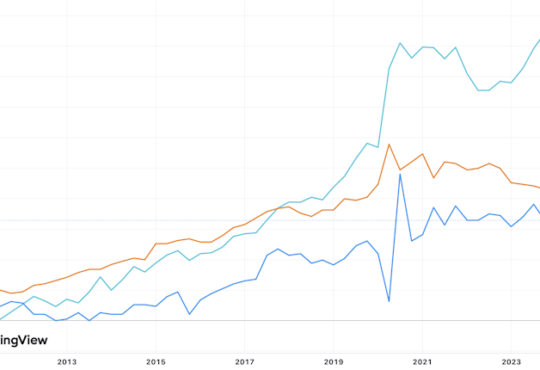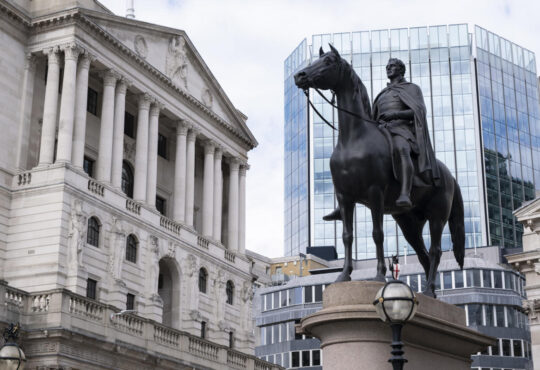

Putting some money into shares regularly is one way to try and build a second income.
That could come in handy to pay bills in the short term. But I think an even more attractive idea would be looking to set up a significant second income for a future life stage, when my first income may be reduced.
Doing that with £200 a month, I could aim to earn an additional income of £55,190 annually. Here I explain how, step by step.
The power of regular saving
Putting aside money regularly is a financial discipline that can pay sizeable rewards over the course of time.
I would start by setting up a share-dealing account or Stocks and Shares ISA.
Then I would put in my cash each month. If my financial circumstances meant a different amount from £200 was appropriate, I would do that instead.
Why the timeframe matters
My £55,100 target in this example is how much I could aim to earn after 30 years.
Not everyone has the patience for such an approach. But a long-term approach to investing gives money time to get to work in a big way.
That is because, by reinvesting the returns, they can themselves start to earn money.
Warren Buffett compares this to pushing a snowball downhill. The snowball gets bigger as it goes, because the snow it picks up in turn picks up more snow.
Dividends: the source of income
In my example, I presume a compound annual growth rate of 11%.
If I get there, it could come from share price growth, dividends or a combination of both. Dividends of 11% are rare but not unheard of even among FTSE 100 companies. Vodafone, for example, yields 11.4%. Its share price has, however, fallen 55% over the past five years.
A dividend, clearly, is not the whole picture. I need to consider the total return from a share: dividends it pays me, as well as any increase or decrease in its share price.
But after 30 years I would want to be earning an 11% dividend yield to hit my target.
So while share price growth could help me build my portfolio size over the next three decades, when it comes to turning on the second income tap after 30 years, I would focus on dividend shares.
Compounding as a way to build wealth
In the meantime, I would not withdraw any dividends as cash even though that may seem tempting
Instead, I would reinvest them.
That is known as compounding and is what Buffett is talking about with his snowball analogy. Compounding his dividends by reinvesting them in new shares and businesses has helped Buffett become a billionaire.
Tough goals
Buffett has managed a compound growth rate in per share value of his company of 20% over decades: almost double my goal here.
But an 11% compound annual growth rate is still ambitious. If I invest in the wrong shares to try and hit it, I could end up losing not making money to fund a second income.
So I would focus on building a portfolio of brilliant quality companies I think have excellent long-term prospects not fully reflected in their share price now.
The post How I’d invest £200 a month in UK shares to target a £55,190 second income appeared first on The Motley Fool UK.
More reading
C Ruane has positions in Vodafone Group Public. The Motley Fool UK has recommended Vodafone Group Public. Views expressed on the companies mentioned in this article are those of the writer and therefore may differ from the official recommendations we make in our subscription services such as Share Advisor, Hidden Winners and Pro. Here at The Motley Fool we believe that considering a diverse range of insights makes us better investors.
Motley Fool UK 2024






